
A blog focusing on 1/64 diecast from such popular brands as Hot Wheels, Matchbox, Johnny Lightning, M2 Machines, GreenLight, Tomica, Yat Ming, Majorette, MotorMax, Siku, Corgi, Guisval, Playart, Ertl, Zylmex, Racing Champions, & many more. Swifty's Garage features a daily Car Of The Day and news updates from your favorite brands!
Tuesday, July 26, 2011
Car Of The Day: July 26, 2011
Today's car of the day is Johnny Lightning's 1992 Cadillac Allanté.
The Allanté was Cadillac's first venture into the ultra-luxury roadster market. The vehicle was sold from 1987 until 1993, with roughly 21,000 models built over its 7-year production run. The Allanté's production was planned at 6,000 units per year; sales figures, however, show that Cadillac only built about half as many.
For more information and pictures of the real car please visit: Cadillac Allanté
This casting had a grand total of one release that wasn't wearing the "Official Pace Car" graphics seen on this example. While only one color (burgundy) was accurate to the real pace car, JL put out a rainbow of colors all with the pace car graphics.
Originally designed under the code name "Callisto", the Allanté was intended to restore Cadillac to its position as a premium luxury automobile builder. Allanté's direct competitor was the very successful Mercedes-Benz SL, and to a smaller degree, the Jaguar XJS. Allanté's 4.1 liter V8 was shared with other Cadillacs across the line, but when specified to the Allanté, several changes were made. Unlike Buick's Reatta, which shared powertrain and underpinnings from the Riviera and the Oldsmobile Toronado, Cadillac borrowed very little from the Eldorado and Seville for Allanté.
The body of the Allanté was designed and built in Italy by Pininfarina (of Ferrari fame). The completed bodies were shipped 3,300 miles (5,300 km) from Italy in specially equipped Boeing 747s, 56 at a time, to Cadillac's Detroit/Hamtramck Assembly plant. The bodies were then mated to the chassis. This led to a few interesting nicknames, such as "The Flying Italian Cadillac" and "The world's longest assembly line."
The car's front-wheel drive (FWD) powertrain was unique in its class, and brought the car in for serious criticism. FWD is rare among high-priced sports and touring cars, as the configuration's frequent tendency toward understeer under heavy cornering, torque steer under heavy acceleration, and a poor front-rear weight balance is not desirable. The Mercedes 560SL — along with the rest of the Allanté's competitors — was rear-wheel drive. Many car magazines and auto enthusiasts argued that no sports car, let alone one at the Allanté's price, should have been FWD. Early reviews cited Pininfarina and not Cadillac as the source of this decision, saying they felt it would make the car more versatile. Additionally, poor power-to-weight ratio in the early years also made the car perform sedately. This led the target market to conclude that by offering an underpowered car for US$54,700 (far costlier than contemporary Cadillac models) with no engine upgrade option, Cadillac was not serious in competing in the performance roadster market. This initial impression gave the Allanté an image ("all show, no go") from which it was never able to recover.
Subscribe to:
Post Comments (Atom)
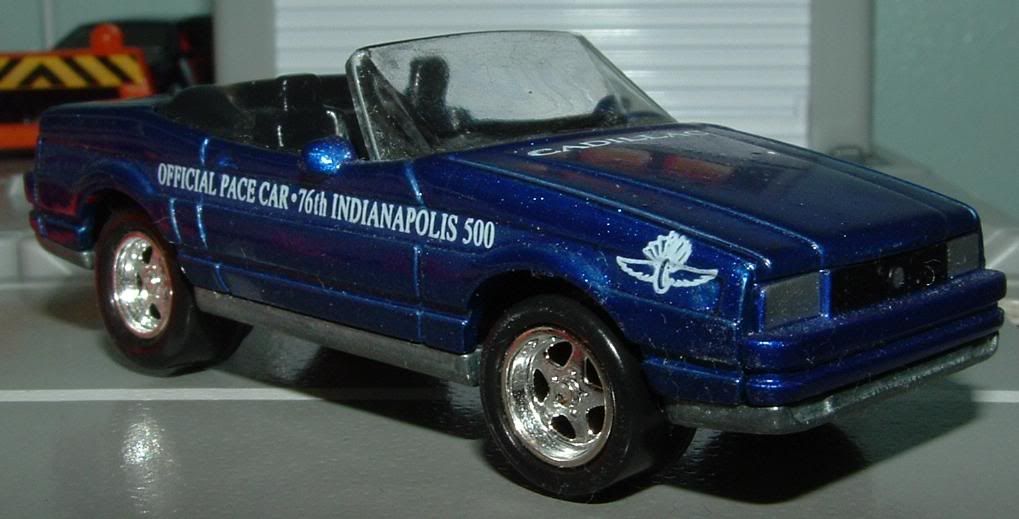
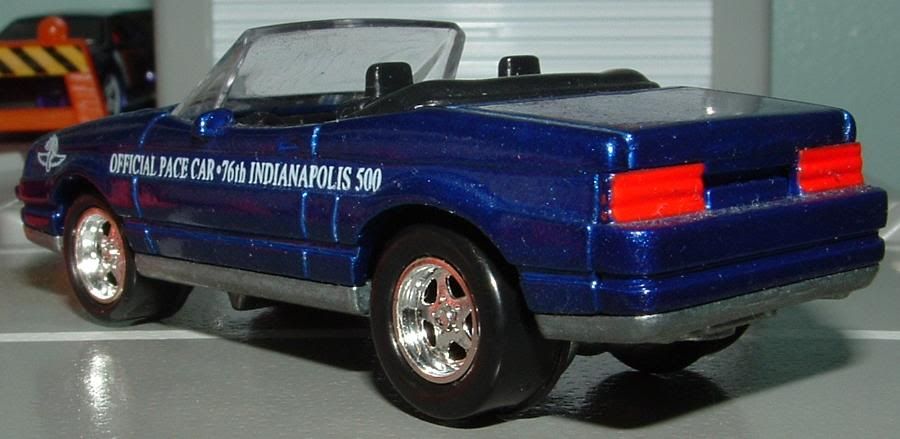
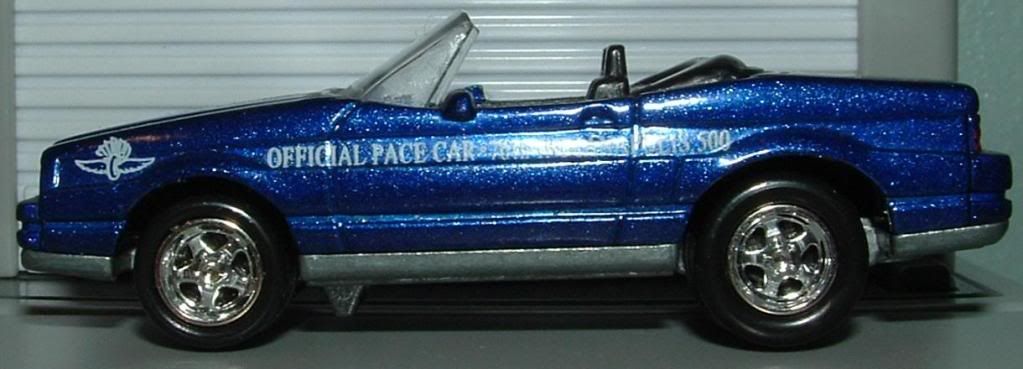
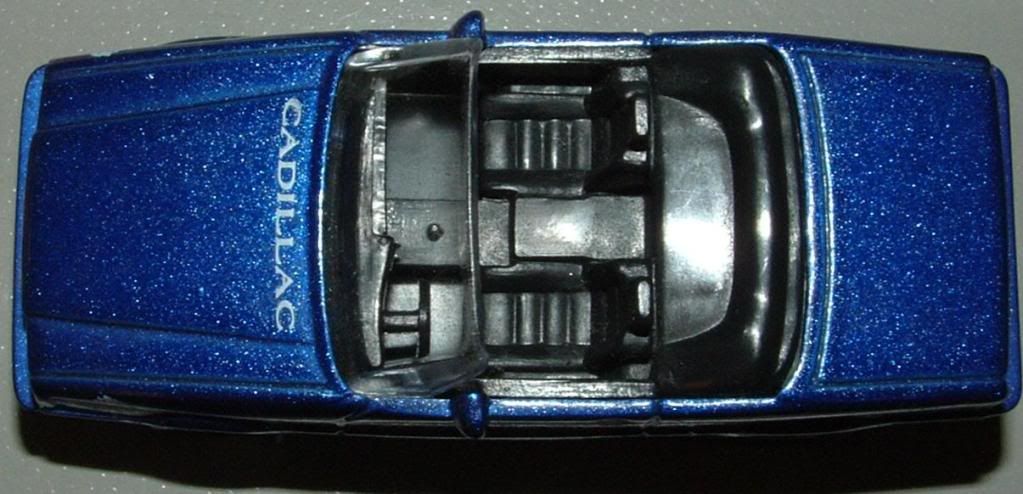

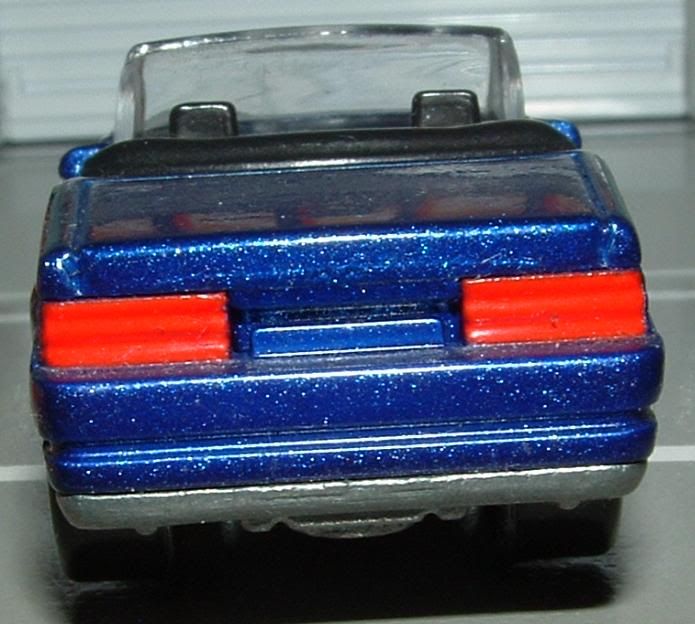
No comments:
Post a Comment